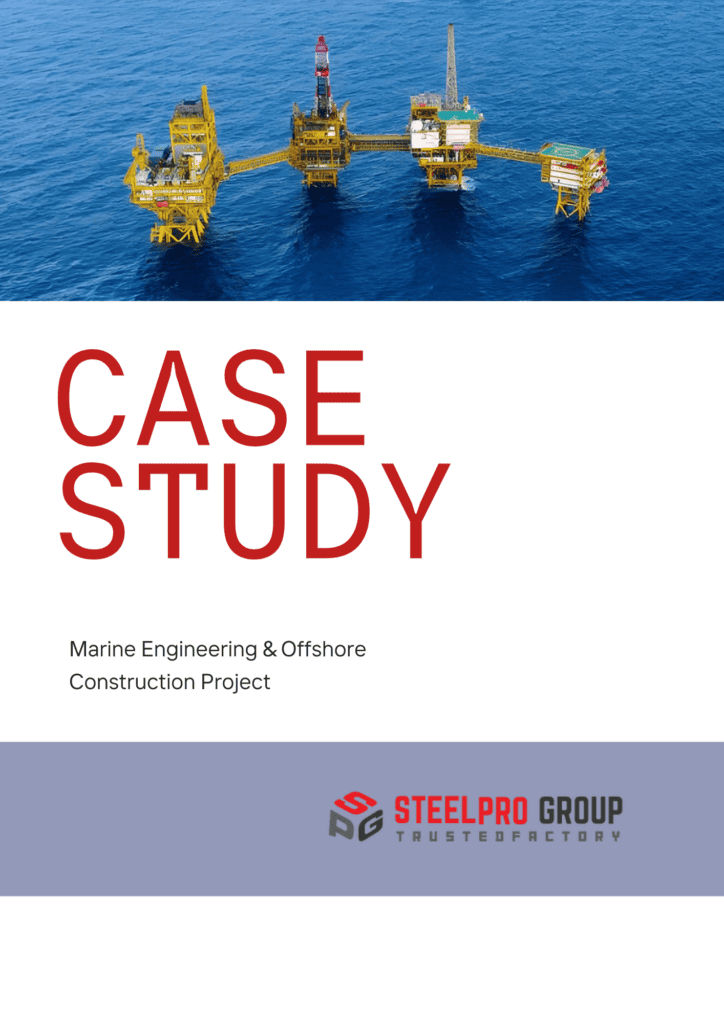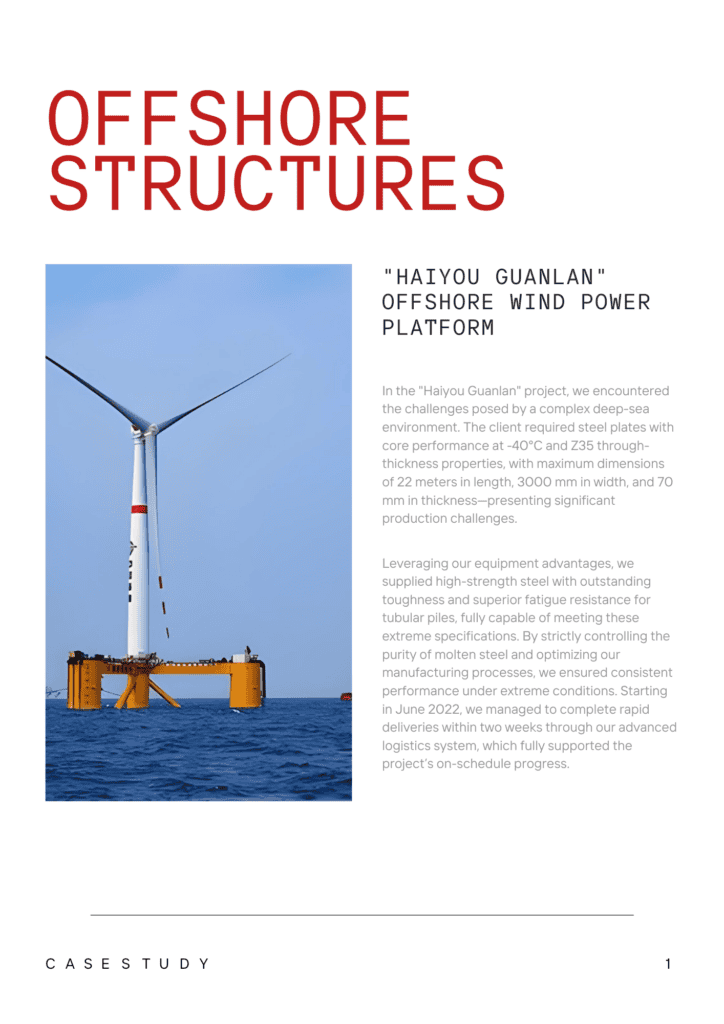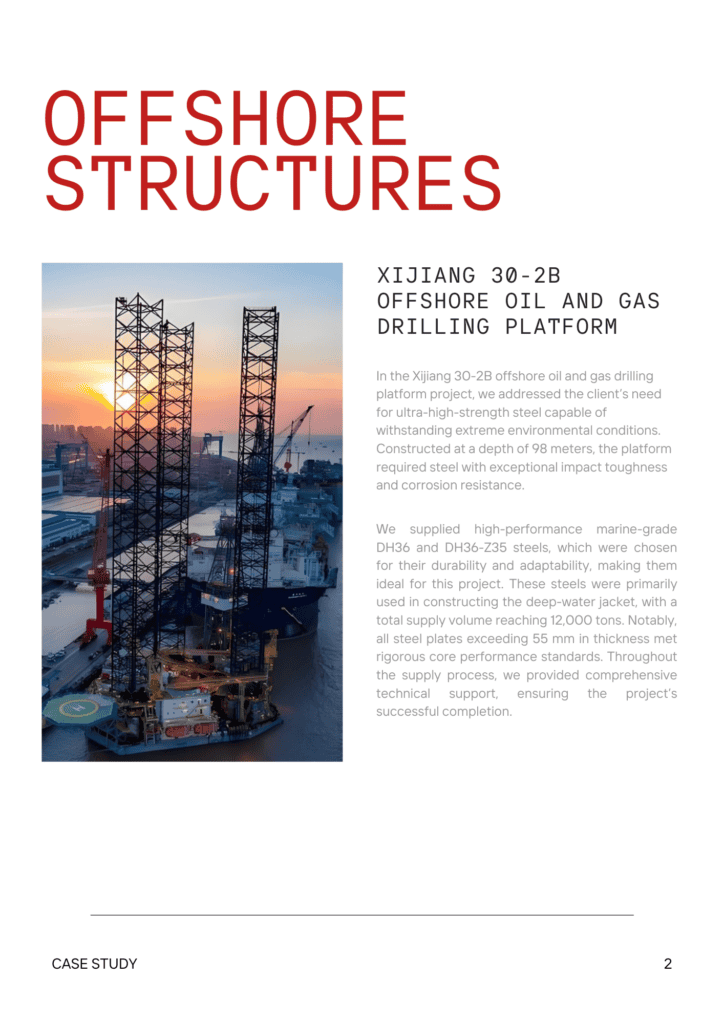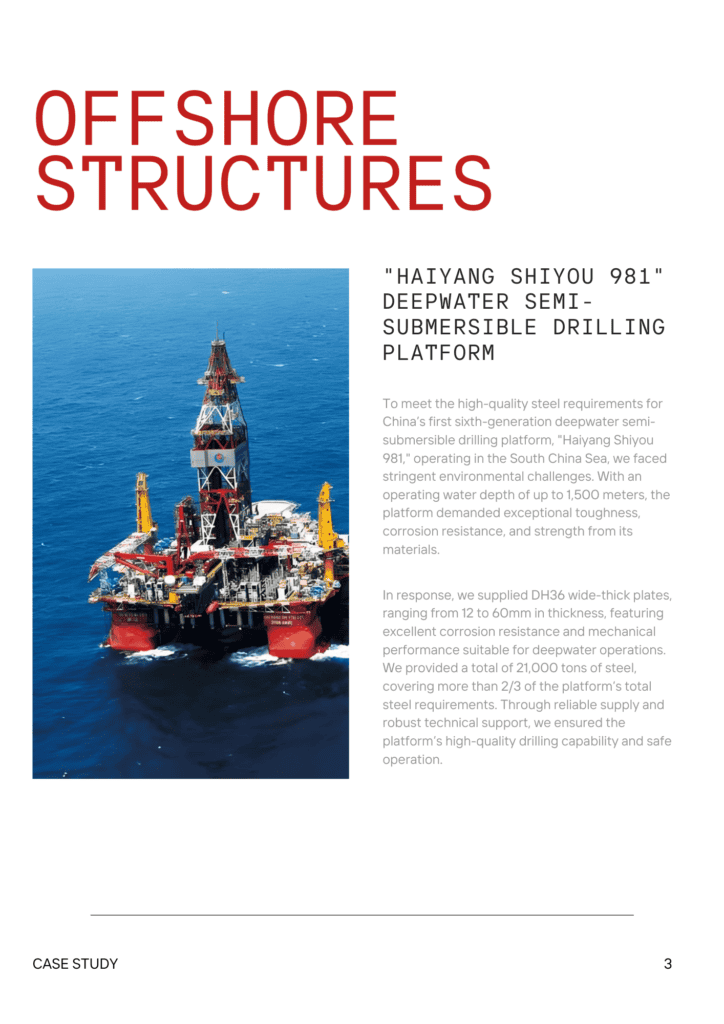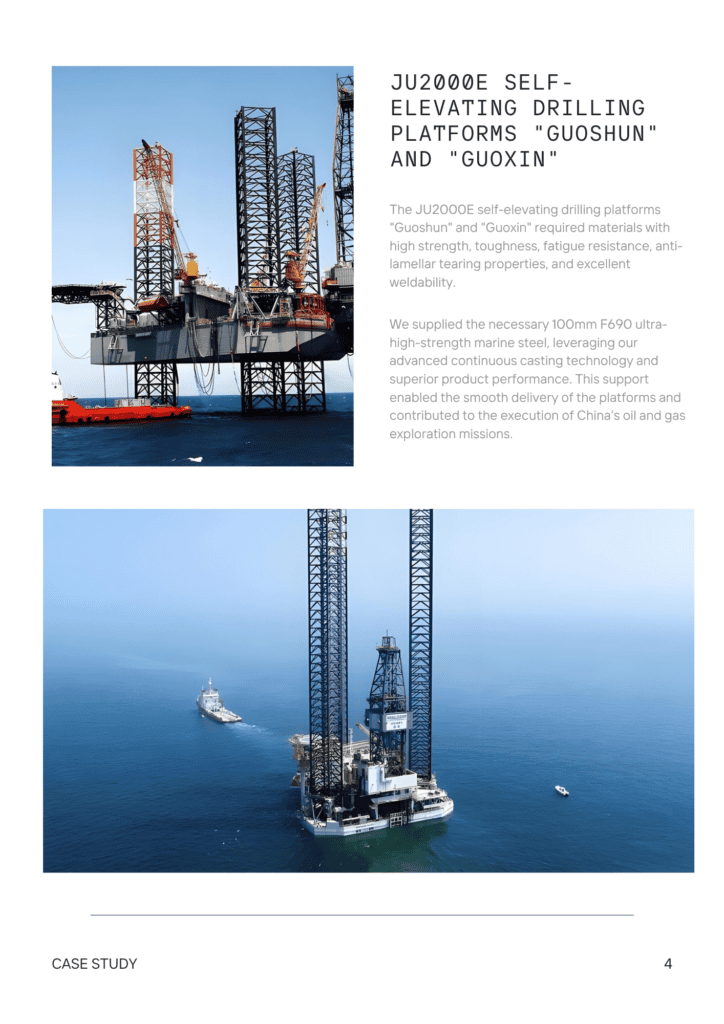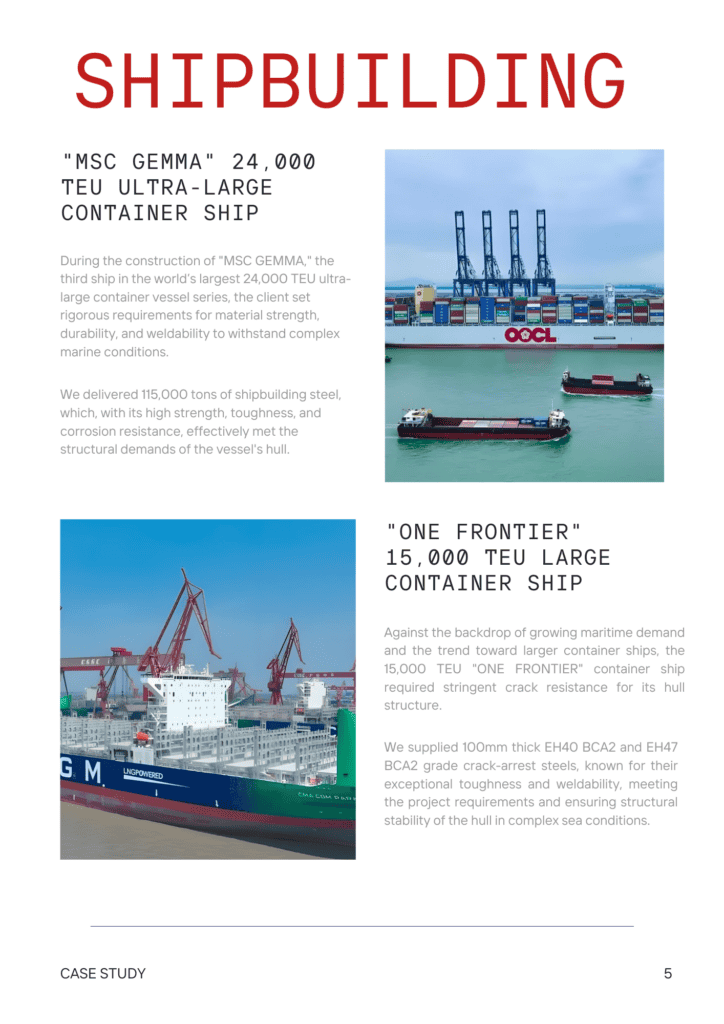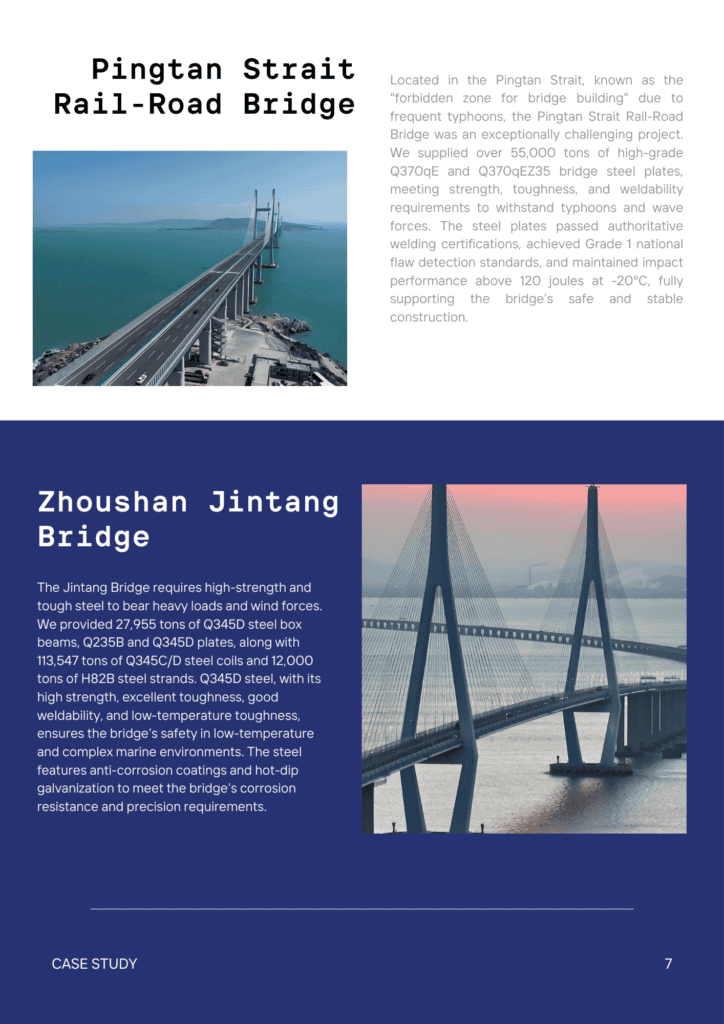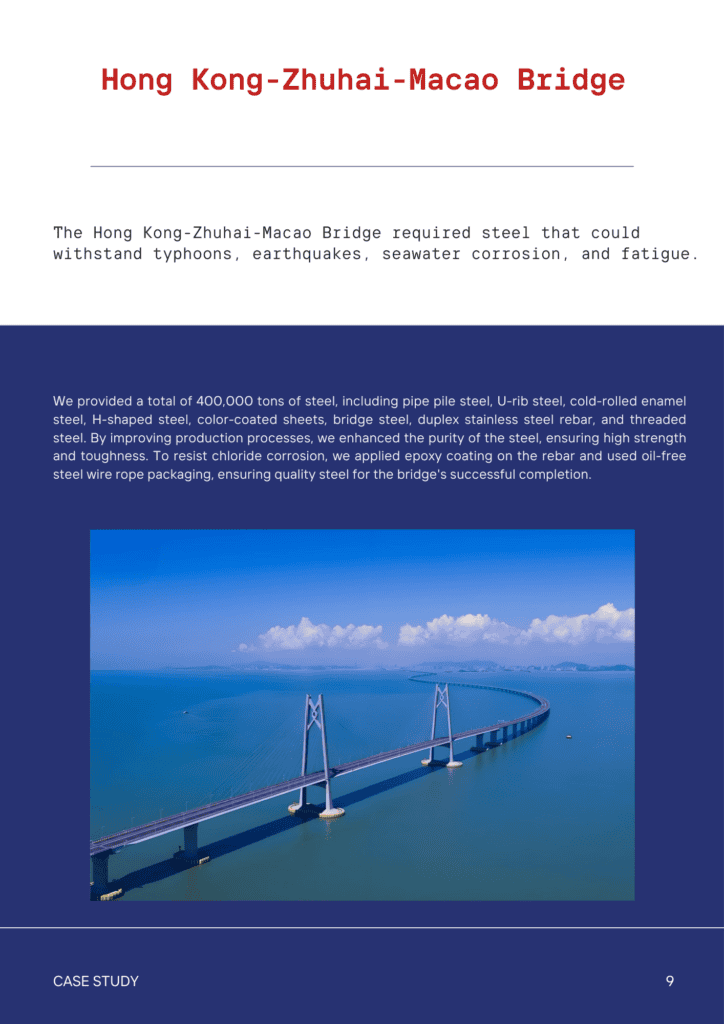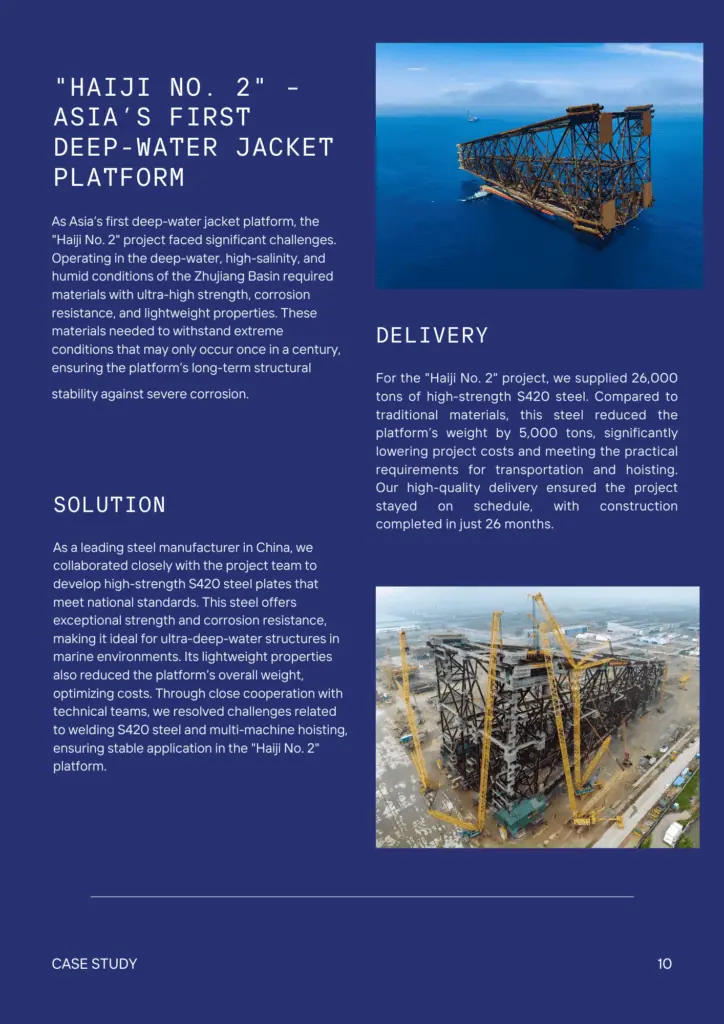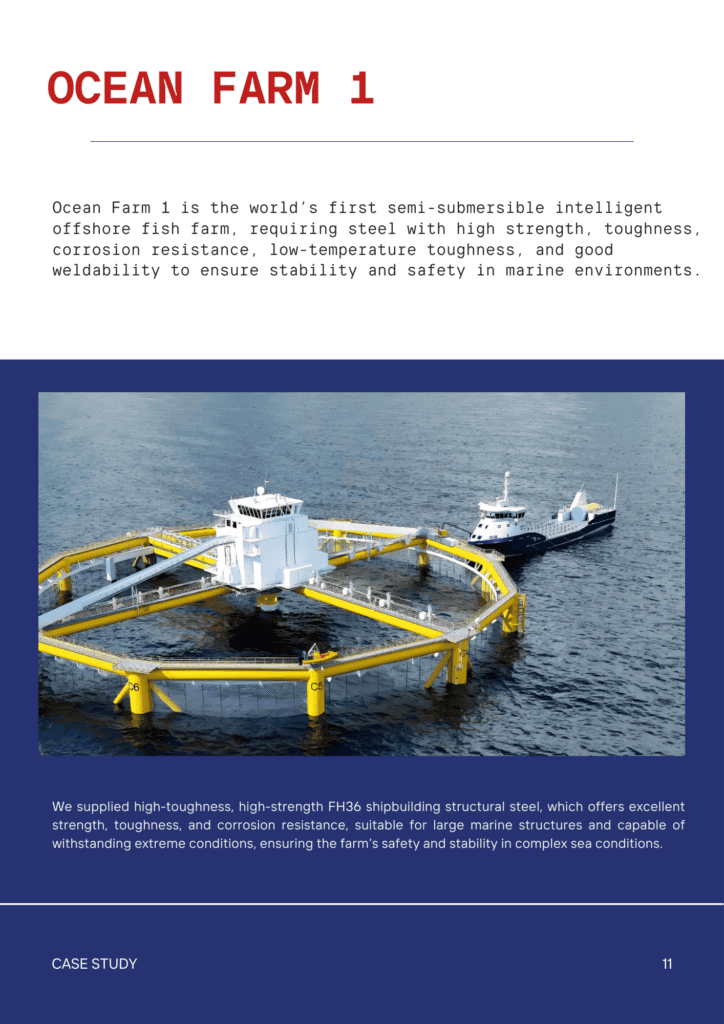Contents
Steel vs. Aluminum: Which Material Is Best?
- John

Steel and aluminum are foundational materials in modern engineering. Steel, an iron-carbon alloy, is prized for its unmatched strength. Aluminum, a lightweight and corrosion-resistant metal, revolutionized industries like aerospace with its versatility.
Your choice depends on load requirements, environmental conditions, and budget. SteelPro Group specializes in delivering tailored steel solutions that meet rigorous industrial standards. Next, we will outline the key distinctions between steel and aluminum.
Let’s get started.
Steel: Strong and Durable
Steel is a mixture mainly made up of iron and carbon, celebrated for its remarkable strength and adaptability. Its durability and ability to withstand extreme conditions make it a cornerstone in the construction, automotive, and heavy machinery industries.
Steel Characteristics
- High Strength
- Durability
- Fire Resistance
- Customizability(Available in various grades and alloys)
Aluminum: Lightweight and Corrosion-Resistant
Aluminum is a light, silver-colored metal recognized for its outstanding strength-to-weight ratio and resistance to corrosion. Its distinctive characteristics make it a favored option for sectors where weight and performance are vital.
Aluminum Characteristics
- Lightweight
- Corrosion Resistance
- Conductivity
- 100% Recyclable
SteelPro Group Insight: While aluminum excels in specific applications, steel remains unmatched for projects requiring unmatched strength and durability. At SteelPro Group, we assist you in selecting the ideal metal for your specific requirements.
Steel vs. Aluminum: Differences Quick Overview
| Property | Steel | Aluminum |
| Strength | Strong, ideal for heavy loads. | Weaker, better for light loads. |
| Durability | Durable, but needs maintenance. | Corrosion-resistant, but less durable. |
| Corrosion Resistance | Needs coatings to prevent rust, except stainless steel. | Naturally resistant, forms protective oxide. |
| Thermal Conductivity | Low | High |
| Electrical Conductivity | Poor | Excellent |
| Upfront Cost | Lower cost, widely available. | Higher cost due to production complexity. |
| Long-Term Value | Requires more maintenance. | Low maintenance, lasts longer. |
| Manufacturing Costs | Cheaper. | More expensive. |
| Best For | Construction, automotive, machinery. | Aerospace, electronics, consumer goods. |
Steel vs. Aluminum: Core Properties Compared
- Strength
- Density Comparison: Steel-400 to 2,000 MPa> Aluminum-70 to 700 MPa
Steel is significantly stronger than aluminum. Its elevated yield strength guarantees it can endure significant loads and intense forces without lasting distortion. It is favored for demanding uses such as building projects, industrial equipment, and public works.
Aluminum is much weaker than steel. While strong for its weight, it’s less capable of handling heavy loads or extreme forces. This restricts its application in situations where raw strength is critical.
- Why the Difference?
The strength disparity stems from their atomic structures and alloy compositions. Steel’s iron-carbon matrix provides a robust framework, while aluminum’s lighter atomic structure sacrifices strength for reduced weight.
- Durability
Steel is exceptionally tough and performs well in settings where abrasion and damage are frequent. It resists fatigue and maintains its structural integrity under cyclic loading, making it ideal for long-term use in demanding applications. However, untreated steel is vulnerable to oxidation and degradation, necessitating protective layers such as galvanization.
Aluminum is low in weight, providing notable benefits in situations where minimizing weight is essential. However, it doesn’t possess the same strength as steel, restricting its application in high-pressure settings.
- Why the Difference?
Steel’s durability is tied to its density and robust structure. Aluminum’s lightweight nature and softer composition make it less resistant to wear and tear despite its corrosion resistance.
- Weight and Density
- Density Comparison: Steel-7.8 g/cm³> Aluminum-2.7 g/cm³
Steel is much heavier than aluminum due to its high density, which provides strength and stability. However, its weight increases transportation and setup expenses.
Aluminum is lightweight. However, it lacks the structural integrity of steel, not ideal in high-stress environments.
- Corrosion Resistance
- Aluminum generally outperforms untreated steel in corrosion resistance. In comparison to stainless steel, aluminum’s corrosion resistance is still strong.
Steel: Unprotected steel is susceptible to oxidation, particularly in moist, salty, or chemically harsh surroundings. This occurs as the iron in steel reacts with oxygen and water, resulting in rust.
To safeguard against this, steel is frequently covered with protective coatings. Alternatively, the alloy composition can be adjusted by adding elements like chromium, which helps steel resist corrosion, as seen in stainless steel. While these treatments improve corrosion resistance, they also increase the material’s cost and maintenance needs.
Aluminum develops a thin oxide coating when exposed to oxygen, which shields it from corrosion. This enhances its exceptional resistance to rust, even in humid or chemically concentrated environments. However, aluminum can still corrode in very acidic or alkaline conditions, and its oxide layer can be damaged by physical wear or chemicals.
- Why the Difference?
The difference in corrosion resistance stems from their chemical properties. Aluminum’s oxide layer is self-healing and tightly bonded, providing continuous protection. In contrast, steel’s iron content reacts with oxygen to form rust, which flakes off and exposes fresh metal to further corrosion unless treated.
- Thermal and Electrical Conductivity
Aluminum conducts heat/electricity 50% better than steel, perfect for heat sinks, power lines, and cookware. Steel is a Poor conductor but excels in high-temperature stability.
Aluminum:
- Thermal Conductivity
Aluminum has a high thermal conductivity. This makes it perfect for thermal management uses, including radiators, heat exchangers, and climate control systems. Its capacity to transfer heat effectively is also the reason it’s utilized in electronic devices and vehicle cooling systems.
- Electrical Conductivity
Aluminum is a great conductor of electricity, possessing roughly 61% of the conductivity of copper. Its lightweight nature is also beneficial for large-scale electrical infrastructure.
Steel:
- Thermal Conductivity
Steel’s thermal conductivity is much lower. This reduces its efficiency for transferring heat in uses such as heat exchangers. However, its low conductivity can be useful in environments where insulation is needed, such as in industrial furnaces.
- Electrical Conductivity
Steel is a poor electrical conductor, much less effective than aluminum. While not suitable for most electrical applications, some stainless steel alloys are used in specialized components.
- Why the Difference?
The difference in conductivity stems from their atomic structures. Aluminum’s free electrons move more easily, facilitating efficient heat and electricity transfer. In contrast, steel’s iron-carbon matrix restricts electron movement, reducing its conductivity.
Steel vs. Aluminum: Cost Analysis
Material and Manufacturing Costs
Steel is generally more affordable, particularly low-carbon and carbon steel, due to its widespread availability and simpler production methods. Stainless steel, however, is typically more expensive than aluminum due to its alloy composition and production complexity. Aluminum falls between steel and stainless steel in terms of cost, but it still tends to be pricier than low-carbon steel.
Long-Term Value
Aluminum offers better long-term value due to its durability and low maintenance needs.
Steel demands frequent upkeep to avoid rusting, especially in challenging surroundings. This can lead to higher costs over time. Aluminum, however, resists corrosion naturally, saving maintenance and replacement costs. Its durability and lightweight properties also lead to energy savings, especially in applications like automotive and aerospace.
Applications: When to Choose Steel or Aluminum
Steel Applications
- Construction: Beams, rebar, and pipelines.
- Automotive: Chassis and safety cages.
- Heavy Machinery: Mining equipment, cranes.
Aluminum Applications
- Aerospace: Fuselage panels, wing components.
- Consumer Goods: Laptop bodies, beverage cans.
Optimize Your Project with the Right Metal Choice
At SteelPro Group, we understand that every project demands precision, reliability, and the right material to ensure success.
With decades of expertise in delivering high-quality steel solutions, we’re here to help you make the best choice for your needs. From custom fabrication to advanced alloy options, our team is committed to providing materials that stand the test of time.
Ready to get started? Contact us today for a free consultation and discover how our steel solutions can elevate your project. Let’s build something extraordinary together.



